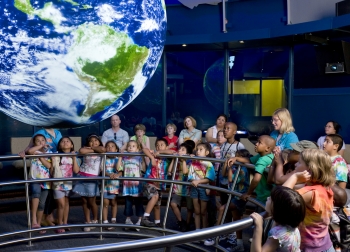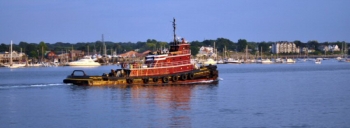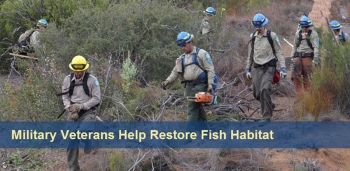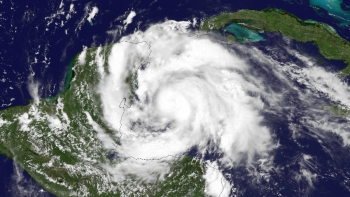Spotlight on Commerce: Ana Valentin, Statistician, NOAA's National Marine Fisheries Service
Ed. note: This post is part of the Spotlight on Commerce series highlighting members of the Department of Commerce and their contributions to an Economy Built to Last.
Guest blog post by Ana Valentin, Survey Statistician, Fisheries Statistics Division of the Office of Science and Technology, NOAA's National Marine Fisheries Service.
My dearest friend Albert Einstein said, "The value of a man resides in what he gives and not in what he is capable receiving." Giving is the driver that motivated me to pursue a public service career. My parents, who proudly retired from the Puerto Rico government, encouraged me to enter public service for our country. Being educated in the Puerto Rico public system and graduated from the University of Puerto Rico with a bachelor in Secondary Math Education and a Masters in Public Health in Biostatistics, I prized the significance of professional education in the workplace. Today, as a doctoral candidate in Information Assurance, I embrace how diversity presents innovative solutions for the challenges of our competitive world market.
My career started in academia, where I worked as a clinical researcher in a School of Medicine, and mathematics, statistics and computer science professor for undergraduate and graduate programs in public and private universities. My experience in academia led me to accept a position as a survey statistician at the Census Bureau, where I revised statistical and mathematical protocols and the translation of census materials written in Spanish to assure the Agency’s mission. Through the observation of Spanish field interviews, I valued the contribution of Hispanics population into United States’ economy. Currently, I work for the NOAA Fisheries Service, where I manage a survey that produces catch-effort estimates of recreational fishing activities and help oversee the budget allocated for recreational and commercial survey operations. As a Hispanic woman, I cherished the importance of a diverse workforce to outreach growing minority populations in accountability of fishery stock assessment and management in the United States and its territories.










